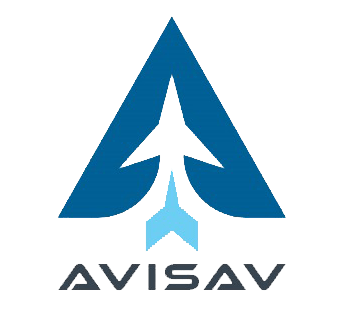AVISAV QSMS – Quality and Safety Management Software is an integrated Management Software that provides all the tools needed for effective quality and safety management. It enables organizations to manage their processes, procedures, standards, and compliance requirements through a comprehensive suite of modules.

What is SAFETY?
To begin with, according to the widely accepted definition, what is Safety?. In the context of aviation, safety is a condition in which the potential for harm to a person or property is reduced to and maintained at or below acceptable levels. We can achieve this through a continuous process of hazard identification and safety risk management.
Most noteworthy, it is the main tool for maintaining safety risks at the minimum acceptable level of safety (ALoS). In addition, this advanced system provides solutions for the mitigation of the risks.
What is Quality?
In brief, quality is a chain of policy, procedures, processes, reflected in the work culture, performance, and values to achieve an excellent service level.
Quality Tools (Quality and Safety Management Software):
QSMS, which stands for Quality and Safety Management System, is a high-end technological solution designed to optimize the productivity of organizations. In particular, pilots, crew, and staff from the aspect of safety and quality. In addition, this system relies on the best practices of the aviation industry. To this end, this is why it is highly applicable and recommended for use in this field.
The scope of QSMS in Aviation – Who is it designed for?
To begin with, It is important to note that national and international norms, customs, and cultures often influence safety performance acceptability. However, we need to maintain safety risks under the appropriate level of control. Thus, this system (as open and dynamic in aviation) can maintain the appropriate balance between production and protection.
In other words, this is the scope of interest and areas of application of the Quality and Safety Management System in aviation. QSMS provides resources to detect quality and safety issues, safety risk minimization activities. Likewise, it ensures safety performance tracking. Consequently, constant safety enhancements.
The QSMS framework in aviation requires the aviation organizations to provide special activities and processes.
QSMS (Quality and Safety Management Software) main elements:
In particular, the QSMS is necessary for and by the following aviation elements:
To begin with,
- policy and safety goals
- management and accountability
- Moreover, safety responsibilities appointing a safety staff members
- coordination of emergency planning
- SMS documentation
- safety risk management
- hazard identification
- risk assessment and mitigation
- safety assurance
- safety performance monitoring and performance measurements;
- change management.
The peculiar nature of the QSMS in Aviation
Goals of QSMS in Aviation
QSMS key goals:
AVISAV QSMS Software (Quality and Safety Management Software)
We employ intuitive, yet user friendly, easily navigable Aviation Quality and Safety Management (QSMS) Software with;
-
Quality graphics. -
Centralized platform to;-
log, -
track -
and asses all quality and safety reports,
-
-
SPIs/SPTs. -
Analytics. -
Occurrences within an aviation organization. -
The software provides a central location to store files. -
Complete and calculate risk assessments. -
Post company news. -
Access to;-
Safety videos. -
Surveys.
-
Updated Technological SolutionsWe also keep up with the latest technological solutions to help you promote safety culture, to being safety compliant, reducing human error, and improve workplace safety.Our suite of software solutions is user-friendly and designed to serve the singular purpose of improving your quality and safety standards. A goal that has a broad, ever-evolving scope.
How does this work?
Who needs the QSMS (Quality and Safety Management Software) ?
REQUEST A DEMO

